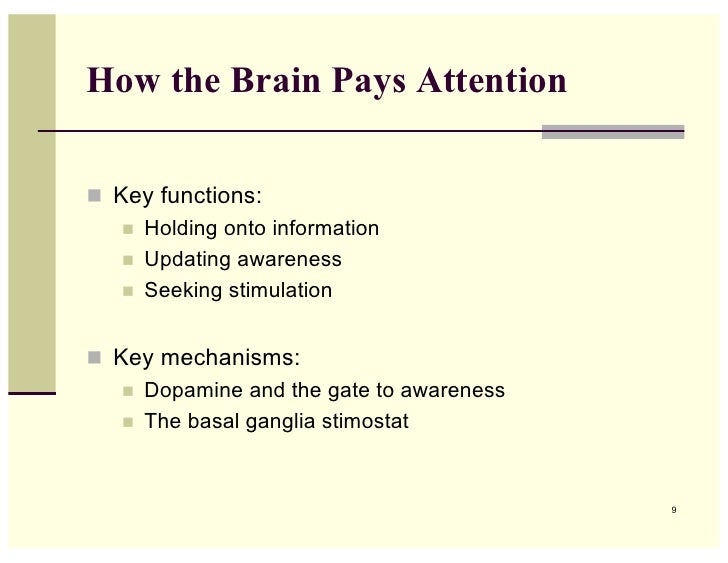

Here are three of the most promising: Untangling toxic tauĪnother target for future treatments could be a protein called tau, which is responsible for the toxic tangles that appear inside brain cells as Alzheimer's develops. Tansey and a number of other researchers offered a wide range of alternative strategies at the Alzheimer's Association International Conference in Denver last month. "The field has been moving beyond amyloid for many years now," says Malú Gámez Tansey, co-director of the Center for Translational Research in Neurodegenerative Disease at the University of Florida. And the drug Aduhelm was given conditional approval by the Food and Drug Administration in June based primarily on the medication's ability to remove amyloid from the brain.īut many researchers believe amyloid drugs alone can't stop Alzheimer's. The plaques have been the focus of most Alzheimer's drug development in the past 20 years. These approaches are noteworthy because they do not directly attack the sticky amyloid plaques in the brain that are a hallmark of Alzheimer's. Immune cells, toxic protein tangles and brain waves are among the targets of future Alzheimer's treatments, scientists say. Science Photo Library - ZEPHYR./Getty Images

Scientists are working to develop new treatments for Alzheimer's disease by looking beyond amyloid plaques, which have been the focus of most Alzheimer's drug development in the past 20 years.


 0 kommentar(er)
0 kommentar(er)
